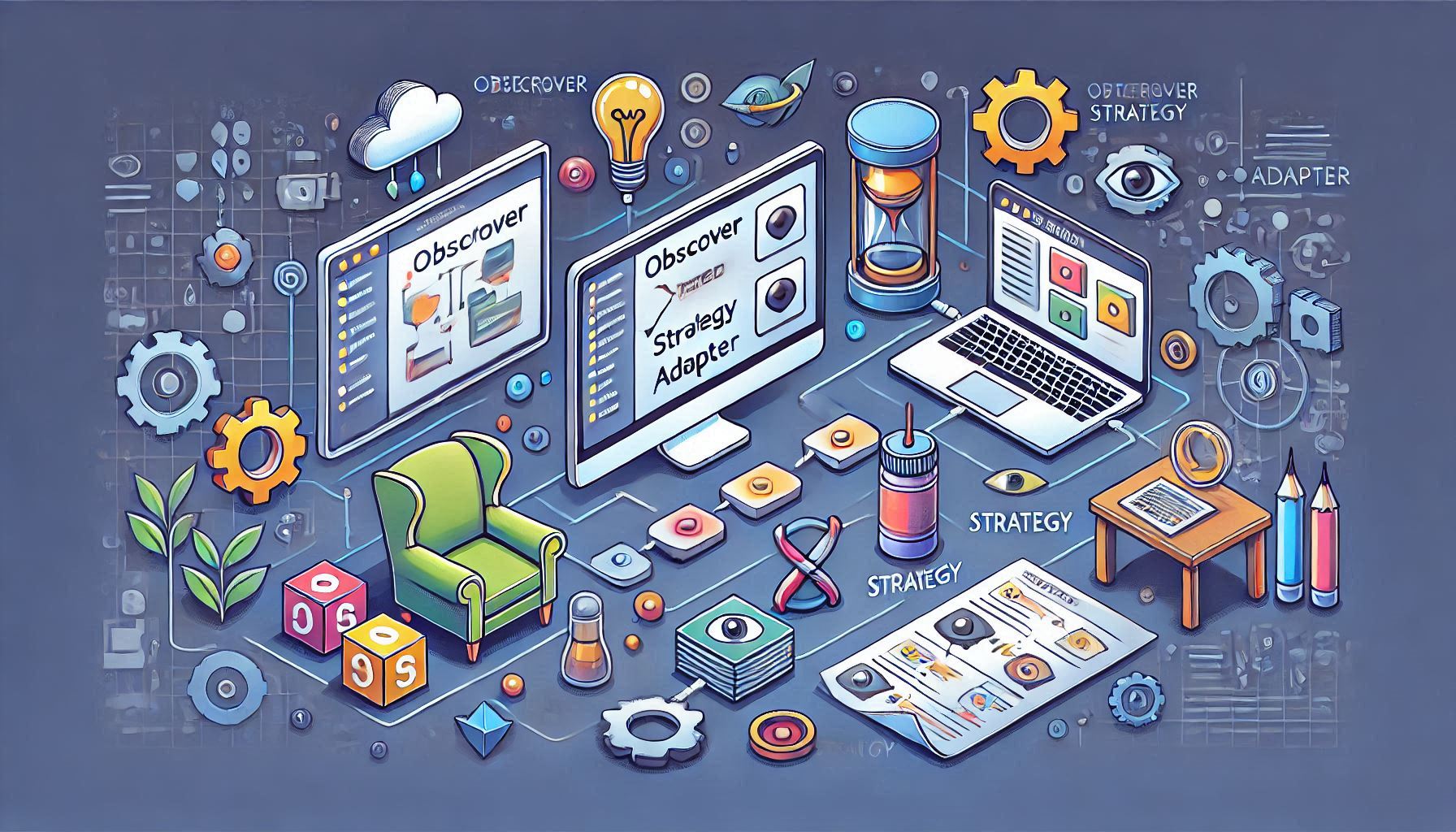
About Category: Software Architecture
Delve into the realm of software architecture, where innovation meets robust design. This category explores principles, patterns, and practices that drive the creation of scalable, maintainable, and efficient systems. From microservices and serverless architectures to monoliths and legacy transformations, uncover insights tailored for developers, architects, and tech leaders. Gain expert knowledge, practical tips, and emerging trends to craft resilient solutions that meet modern demands. Whether you're designing your next big project or optimizing an existing one, this category is your guide to mastering the art and science of software architecture.

Headless Web Applications: Architectures, Design Patterns, and Strategic Implementation
This research explores headless web applications, detailing architectures, design patterns, and implementation strategies for building flexible, scalable, and omnichannel digital experiences. It covers recommended technologies, addresses challenges, and suggests future directions like AI integration.

Understanding SOLID Principles for Maintainable and Flexible Object-Oriented Software Design
The SOLID principles are five design guidelines for creating maintainable and flexible object-oriented software. They include: Single Responsibility: A class should have only one reason to change. Open/Closed: Entities should be open for extension but closed for modification. Liskov Substitution: Derived classes should be interchangeable with base classes. Interface Segregation: Clients should depend only on the methods they use. Dependency Inversion: High-level modules should depend on abstractions, not low-level details. These principles improve software maintainability, flexibility, and extensibility.

Architecting Symfony: Building Scalable Web Apps with Microservices, Events, Layered or Service Oriented Architectures
Fundamental types of architectures and examples of implementations with folder structures for web apps using Symfony, covering various architectures like Microservices, Event-Driven, Layered, and Service-Oriented, emphasizing modularization and clear separation of concerns for easier development and maintenance.

Implementing Observer, Strategy, and Adapter Design Patterns in PHP for Modular Solutions
This article explains three design patterns: Observer, Strategy, and Adapter, using PHP. The Observer pattern allows subjects to notify observers of state changes, facilitating event-driven programming. The Strategy pattern enables flexible behavior changes by switching between different algorithms or methods at runtime. The Adapter pattern bridges incompatible interfaces, allowing objects to work together seamlessly. Examples for each pattern include email notifications and logging (Observer), logging strategies for databases and files (Strategy), and integrating MySQL and PostgreSQL clients (Adapter). The article emphasizes modularity, dependency injection, and proper class design to improve code maintainability and scalability.